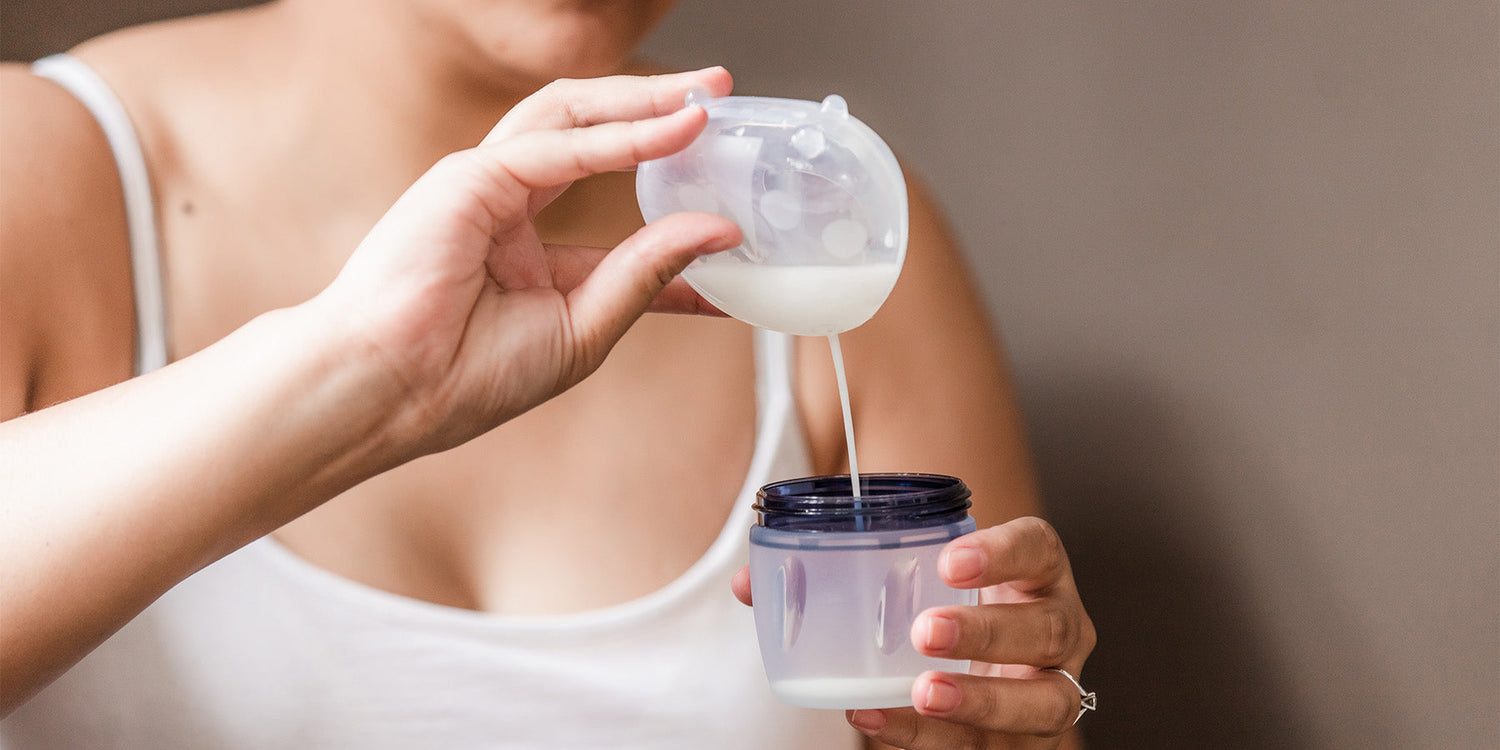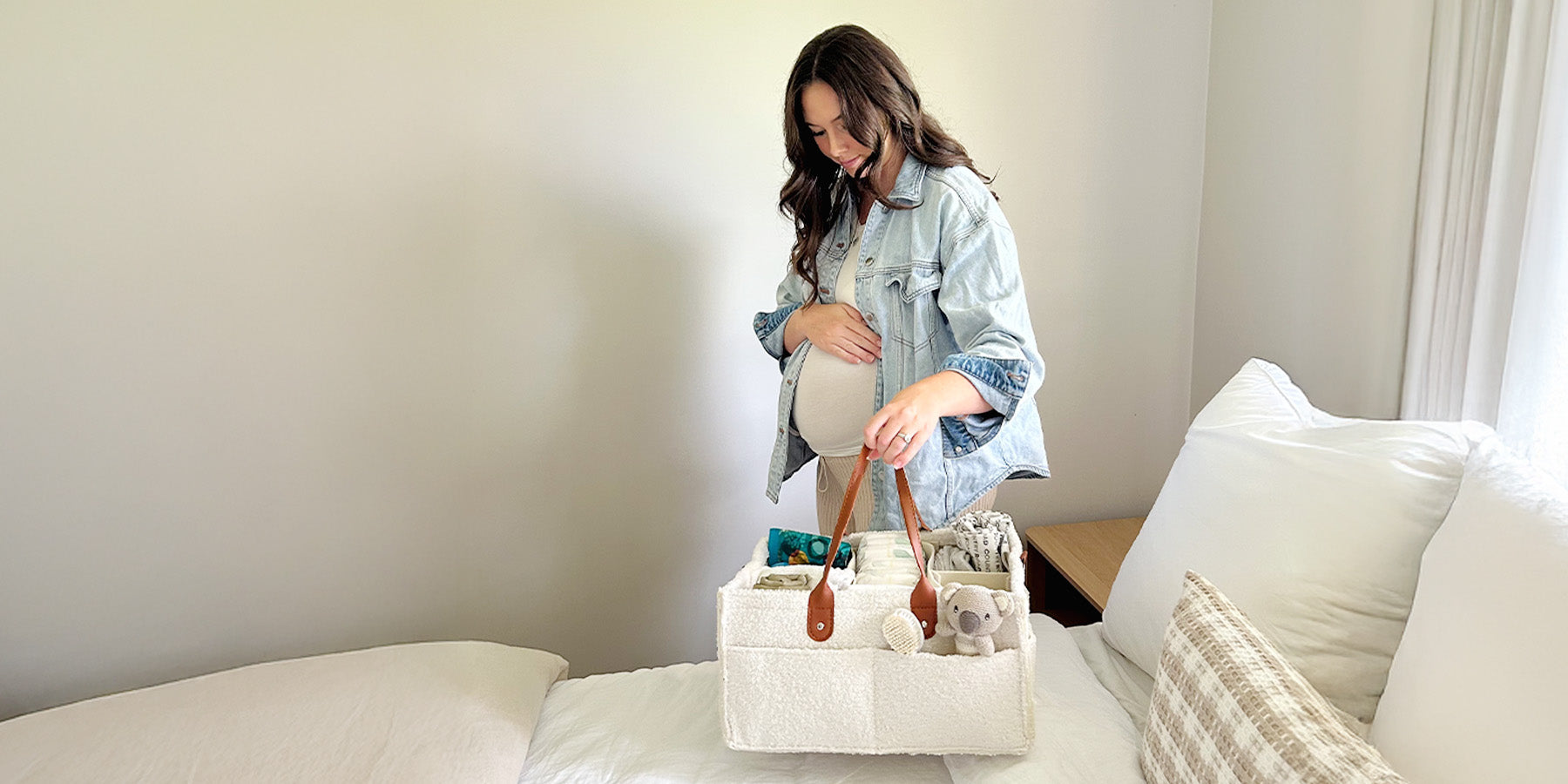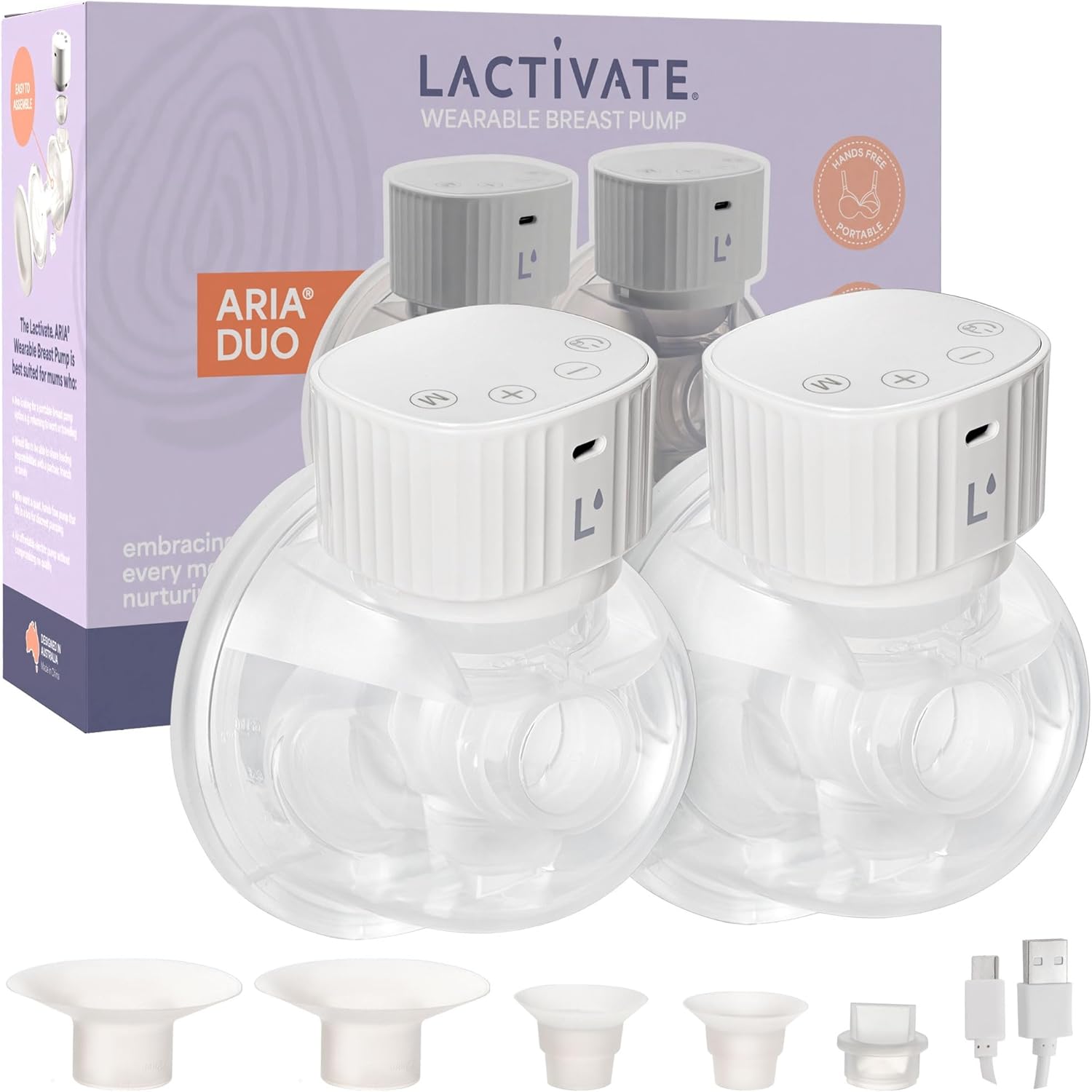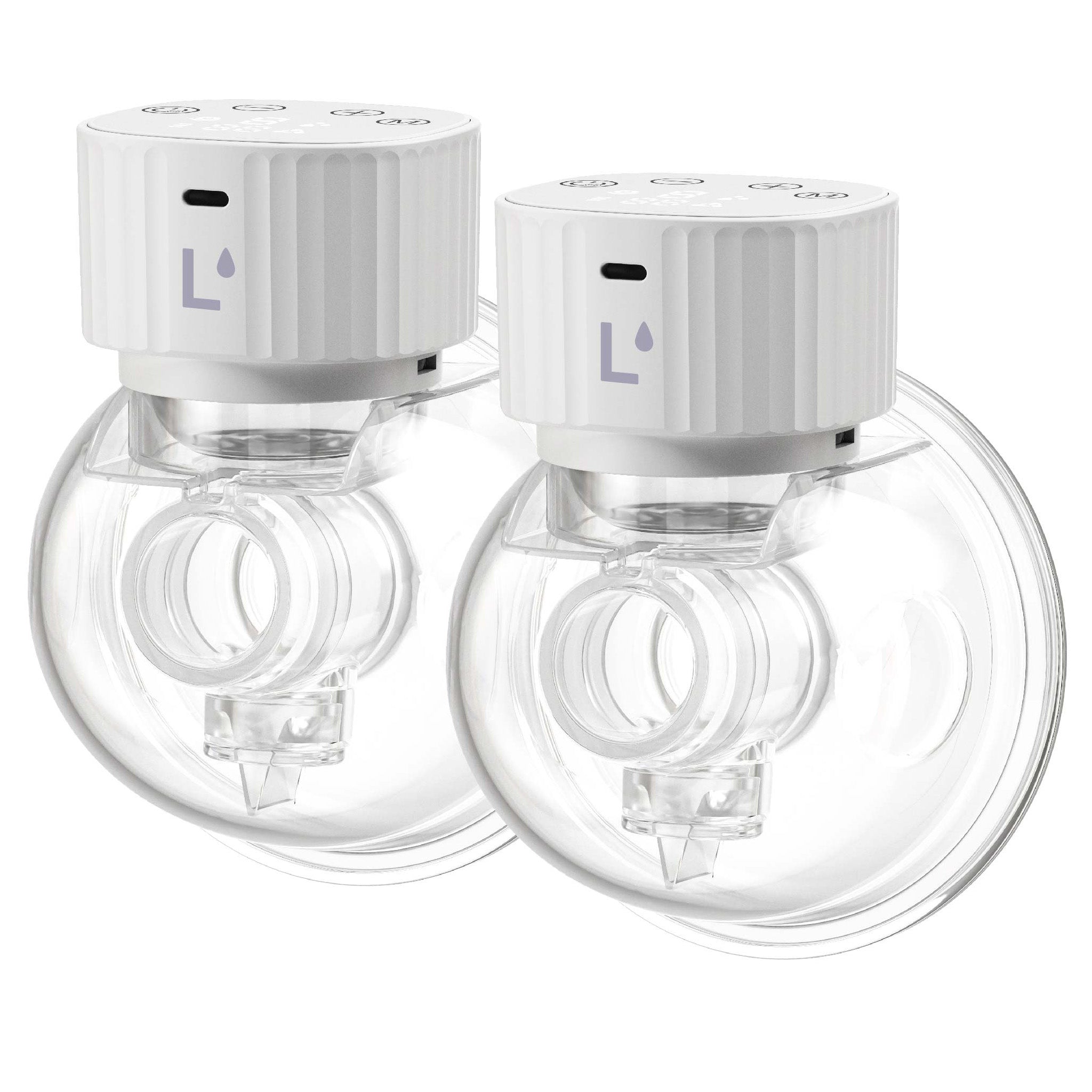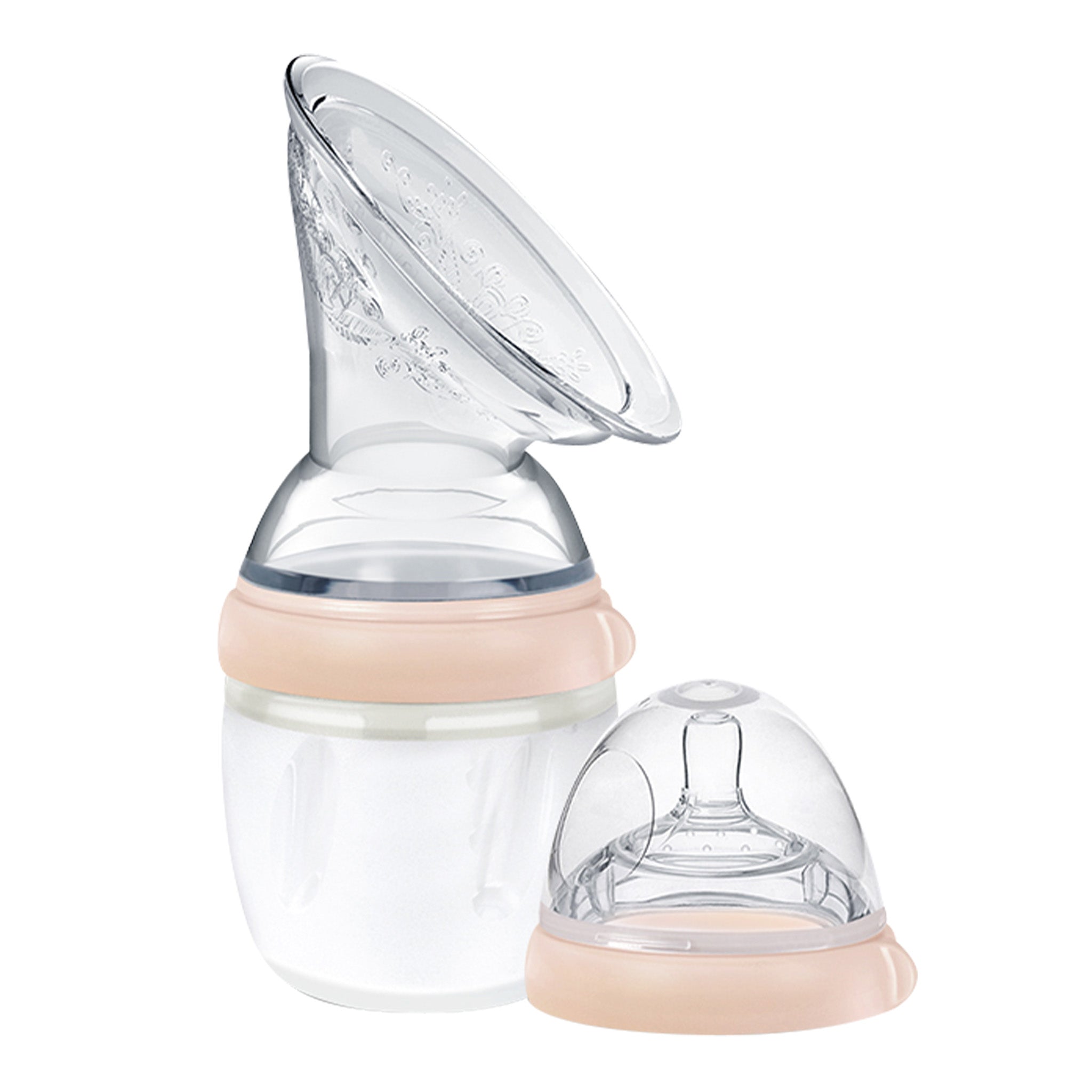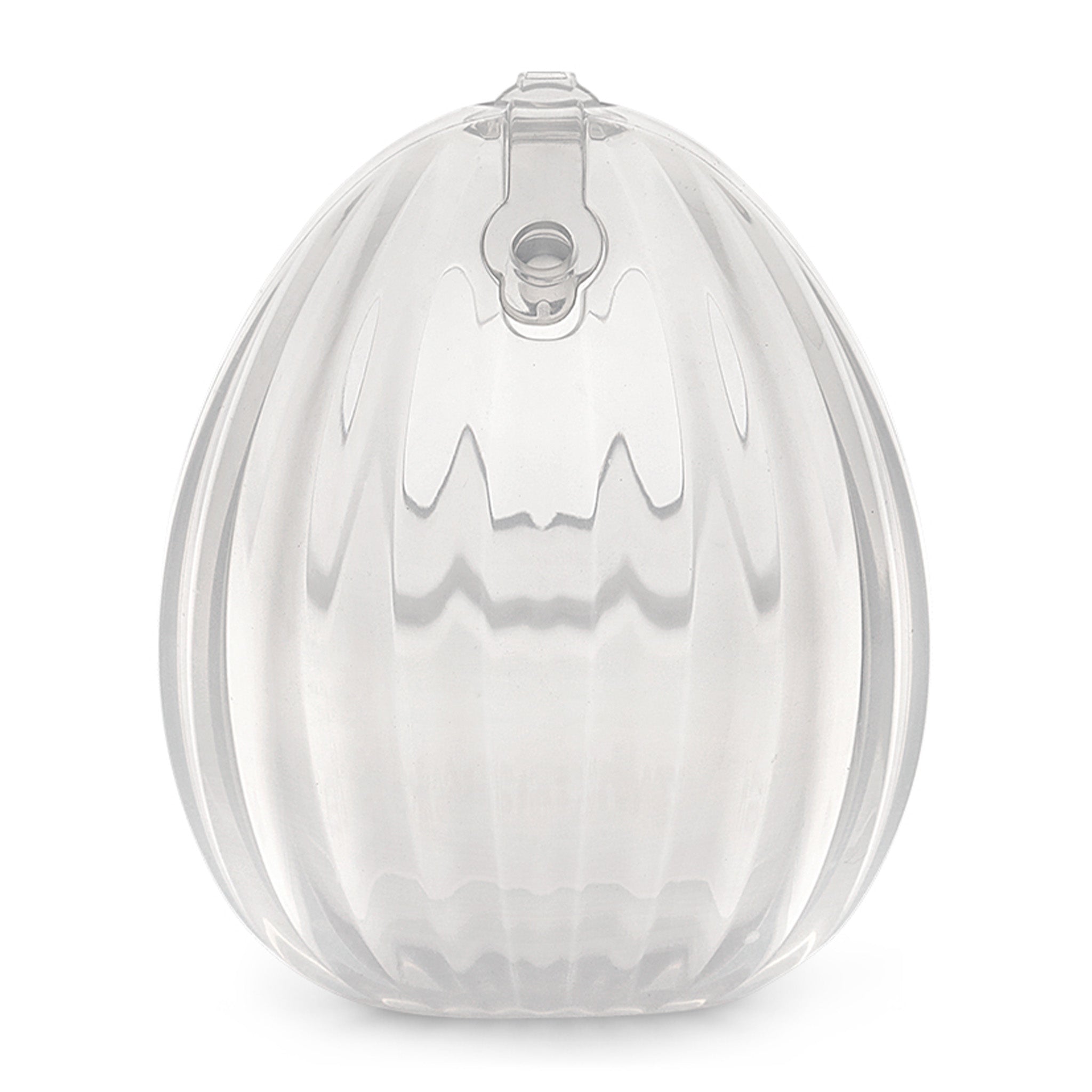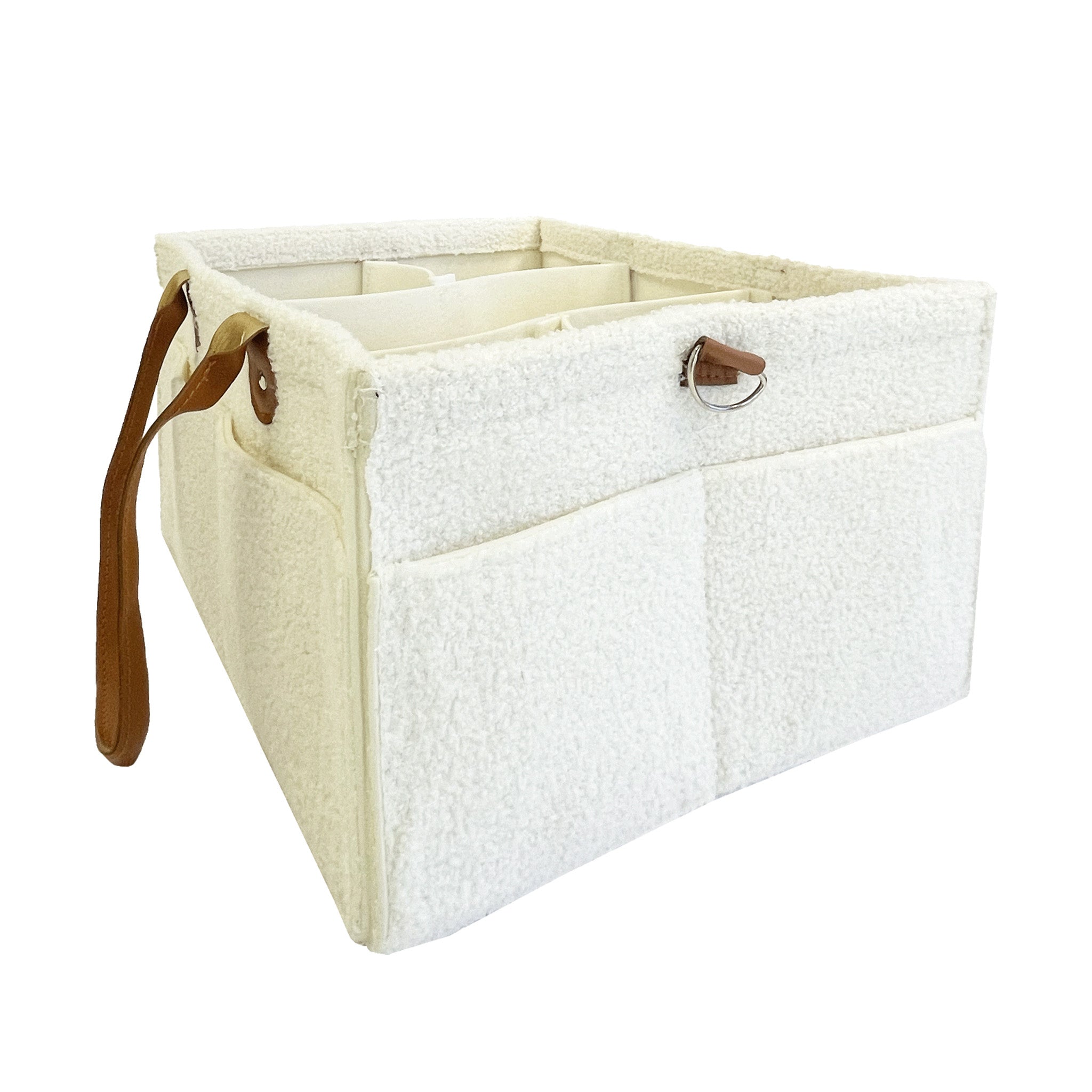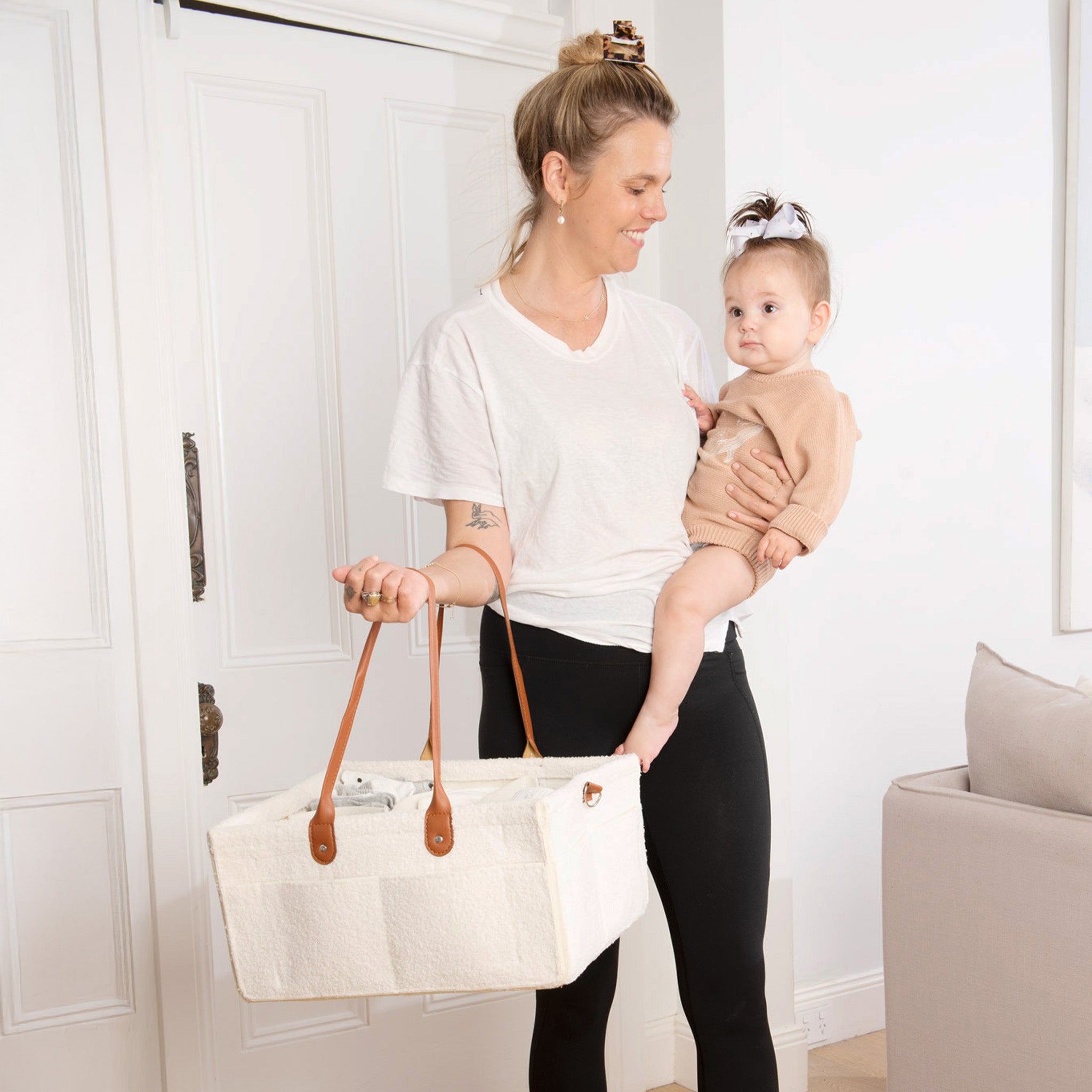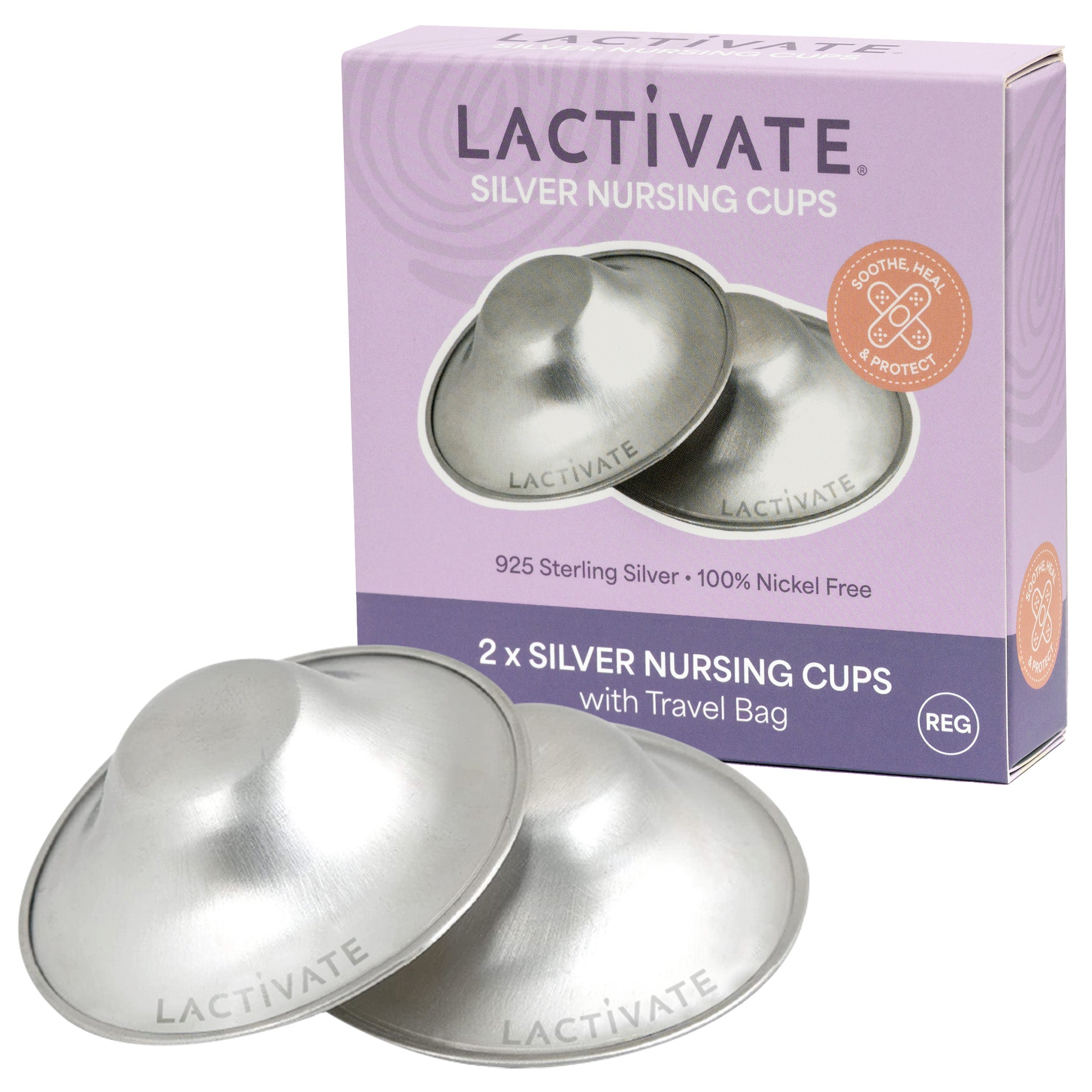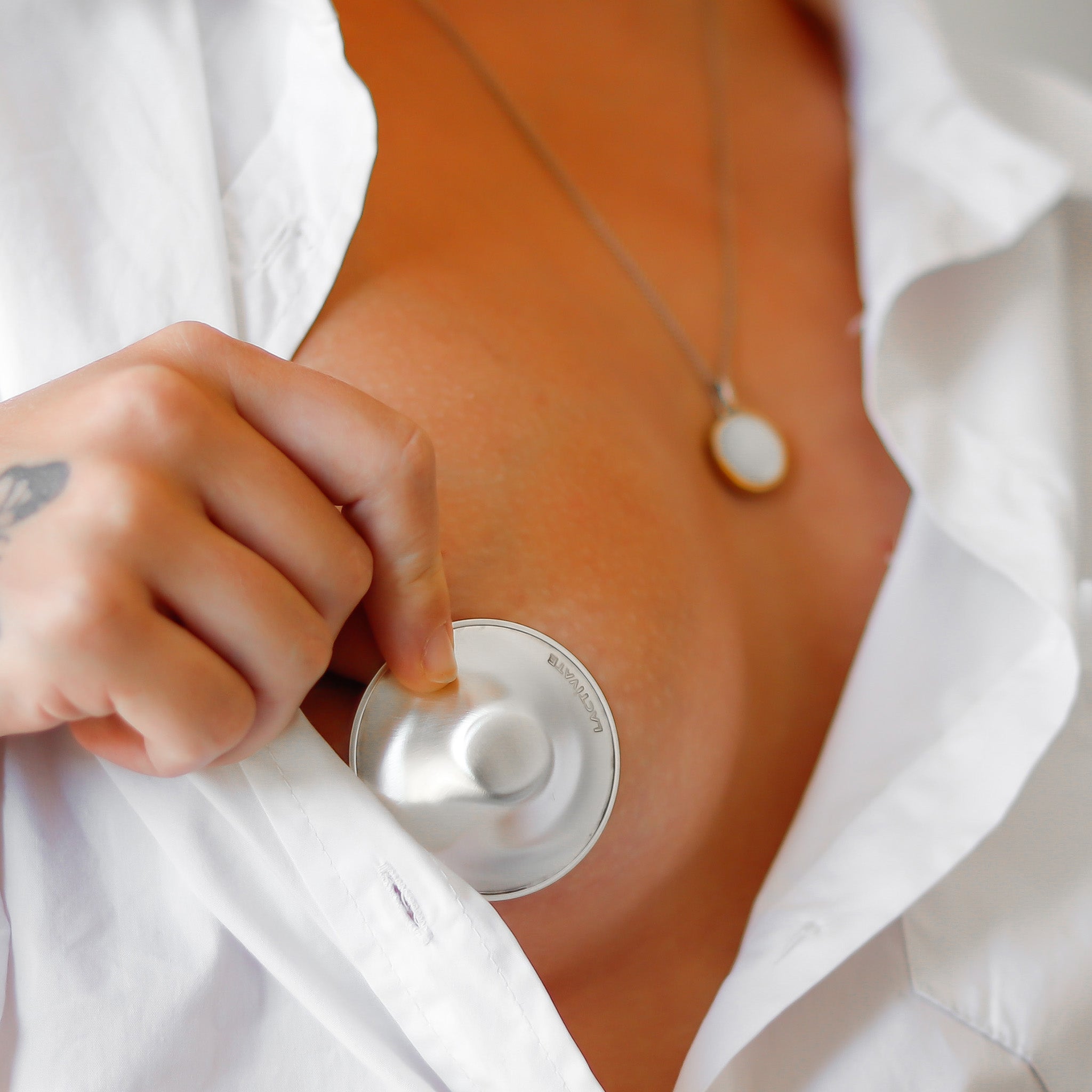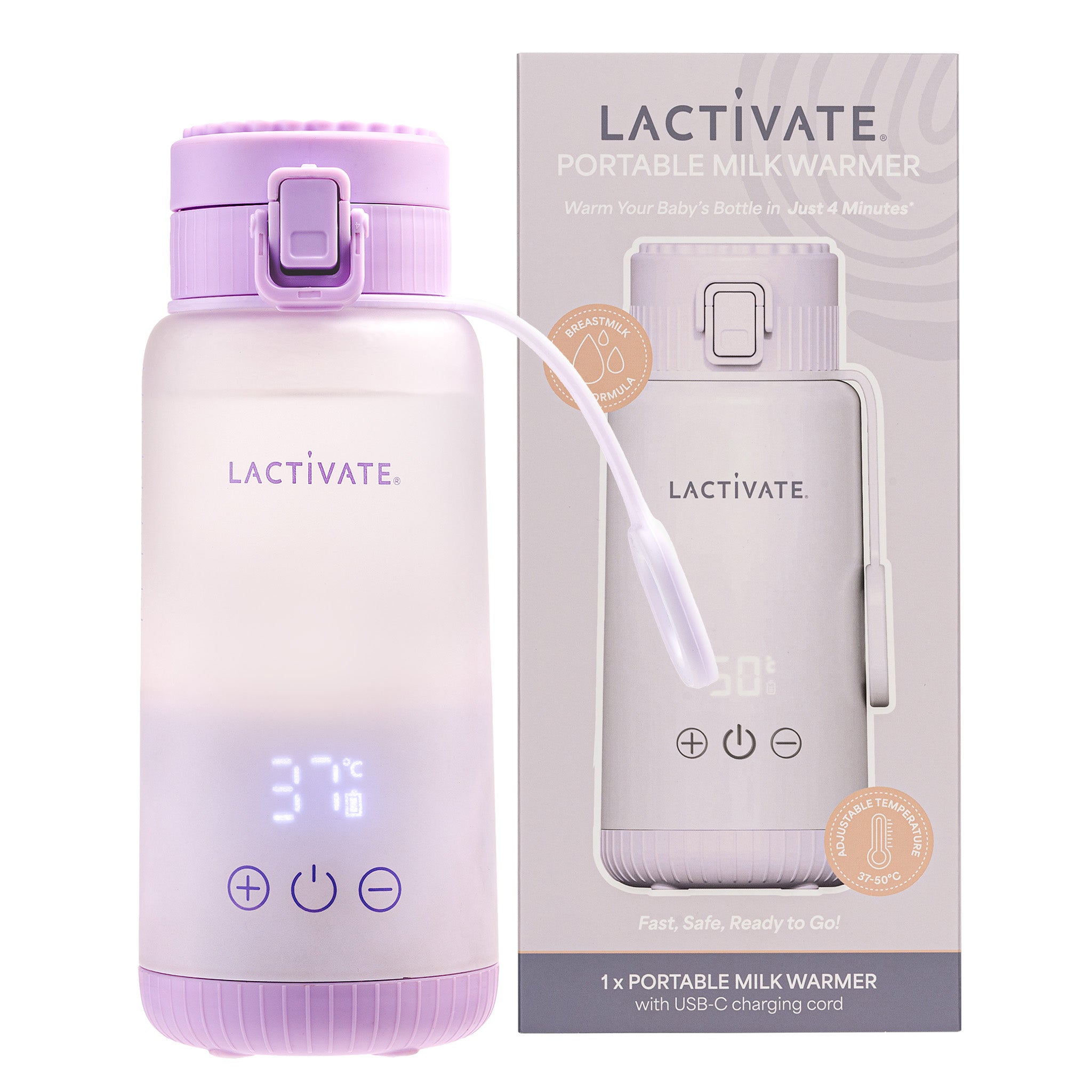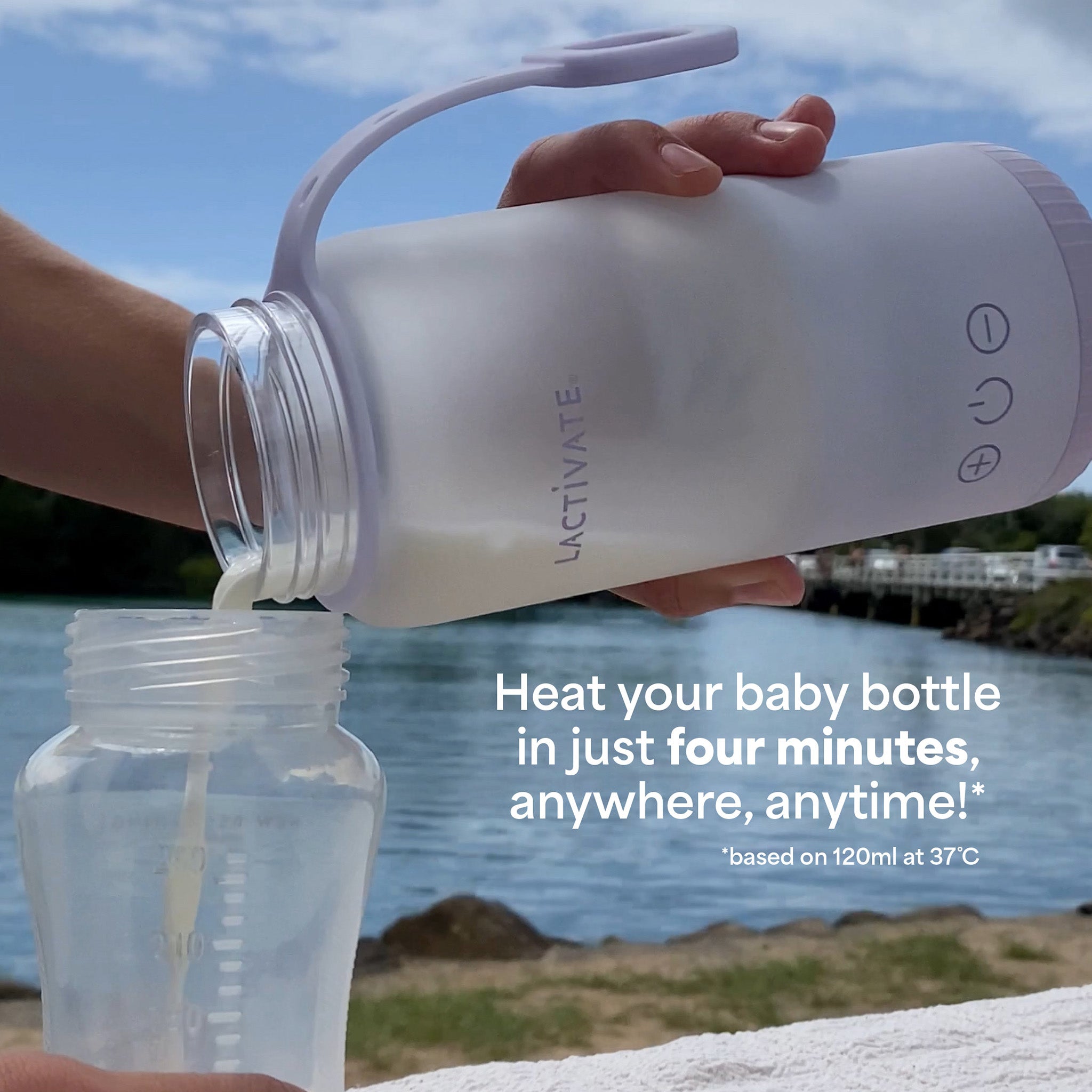Parenting, it opens you up to a whole new world of things you never knew existed before. And high lipase breast milk is probably one of them! So, what the heck is high lipase breast milk and how do I know if I have it? We walk you through it below.
What is high lipase breast milk?
So, what exactly is high lipase breast milk? First let’s have a look at what lipase is. Lipase is an enzyme that breaks down the lipids, otherwise known as fats, in breast milk. As we know, breastmilk has an ever-changing fat content which changes throughout your breastfeeding journey. According to the La Leche League, lipase has both digestive and immunological (or infection fighting) benefits for babies. High lipase breastmilk has an excessively high level of lipase activity meaning that it breaks down fats too quickly
High lipase breastmilk is relatively uncommon and some women who have it may never actually know about it as it’s generally only noticeable in expressed/pumped milk that is stored. Stored milk has time for the lipase to take effect resulting in changes to taste and smell. Some women report a soapy or metallic smell while others notice a distinctly fishy whiff. This usually doesn’t occur in freshly expressed milk. Some women, especially if you are pumping and freezing to build a milk stash, may not notice any chances till after they have defrosted their stored milk and it has come to room temperature. The good news? Your milk is still perfectly healthy! High Lipase is not in any way dangerous or detrimental to your bub.
What do I do if my baby rejects my high lipase milk?
Picture this, you’ve been using your Haakaa Silicone Breast Pump and built up a decent sized milk stash. You take your Haakaa Silicone Milk Storage Bags out of the freezer and defrost a bottle’s worth, only to find that your little one turns up their nose at the slightly different smell and taste. Catastrophe! Fear not however, if you have high lipase milk, there are ways to minimise the changes.
The mix it method
The first method is to mix thawed breastmilk with some of the fresh stuff. This can be one way to mask the slightly different taste and smell and your bub might be more responsive to it. This can be a bit of a fiddle though, especially if you have pumped and stored your milk for times when you’re away from your baby (daycare, a night out etc) and aren’t available for a fresh top up.
The scalding method
The scalding method is the best way to de-activate lipase and prevent your milk from changing in taste or smell. It is great if you are planning to freeze your milk for later use.
How to do it:
- After pumping, place your milk in a clean pan over a medium heat (avoid the microwave).
- Heat the milk to the point where it has started to gently bubble around the edges but stop before it boils. You will need to watch closely to ensure you remove from the heat in time.
- Remove from heat and place into heat safe Milk Storage Bags
- Allow to cool either naturally or by popping the sealed storage bags/containers into a bowl of cold water.
- Milk can then be given to your baby or stored.
This method will ensure that when your milk is defrosted, it will smell ‘normal’.
What happens if I pump at work or on-the-go?
If you’re a mama who needs to pump on-the-go, managing high lipase milk may be a little more challenging as you may not be able to immediately scald your milk for later use. Interestingly, lipase activity often has a time frame, and many women may find that their milk doesn’t begin to activate till quite some time after they have pumped (sometimes up to 12 hours). If you can time your pumping sessions so that you’re able to refrigerate your milk and then scald relatively quickly afterwards, you may be able to get ahead of the issue.

